With the ceaseless transforming of environment around us, it is very important to know the ceaseless changes and discoveries made to help living become more efficient, sustainable and environment-friendly.
Green building or construction of homes is a leading global trend playing the role of spreading awareness about the advantages on green building of homes today. There are some process that are approves as f yet and some that are still under experimentation to improve the efficiency both in terms of eco-friendliness and human living.
While in long run, going green will save one lots of money, the initial renovations or installation can sometimes by a little expensive. Consider a home equity line of credit to finance your green home endeavours. Here are few reasons stating why one should choose green building:
- You can eliminate the stress that comes with paying high money bills.
- Reduction of carbon footprint.
- Reduction on wastage of materials and resources like water and energy.
- Improvement of air quality both in the interiors and the exteriors.
- Improvement of occupant productivity due to health benefits obtained.
Green Building Construction Ideas and techniques
1. IOT integrated Automated Building Systems
The Internet of Things (IoT) was specially worked upon to create smart buildings and houses. It gives the facility managers or occupants access to data that was previously not accessible. The small connected sensors can integrate with automated housing systems to improve the sustainability of operations.
For example, IoT sensors can dynamically adjust the required ventilation and lighting levels on the interiors based on weather, temperatures and Carbon dioxide readings. The occupant doesn’t have to stay on top of these adjustments from multiple remotes or equipment.
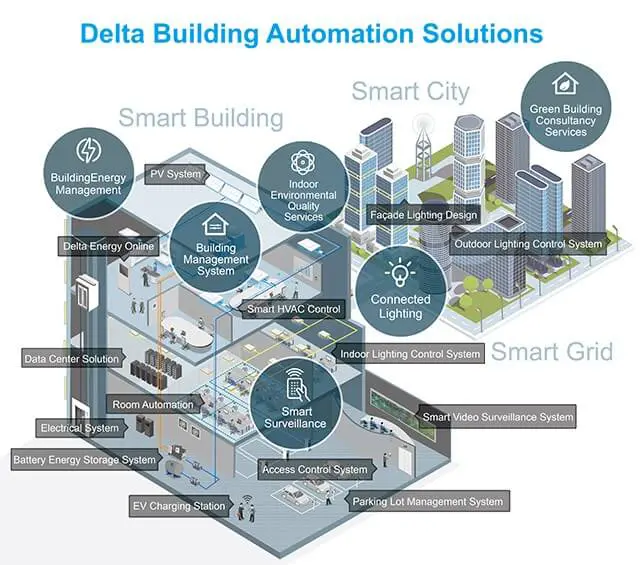
2. Green Roofs
One of the most famous and innovative eco-friendly designs for houses is Green roof, also called as “living roof”. Grass, plants, bushes and many other greeneries are grown on the roofing material to promote the idea of sustainability. This roof helps not just in adding aesthetics to the house, but also, helps in keeping the interiors and the roof surface cool.
The greenery on the roof collects and filters rainwater, helping in keeping the house cool. This also helps in avoiding the rainwater from directly flowing into the storm sewer system, hence conserving and utilising the available source wisely.
Though the process and cost of installation is a little bit high than usual, these green roofs promote sustainability and prove to be better and more efficient than usual. Heating and cooling costs cut down and the air quality within and outside the house improves. The maintenance and post-installation cost too cuts down.
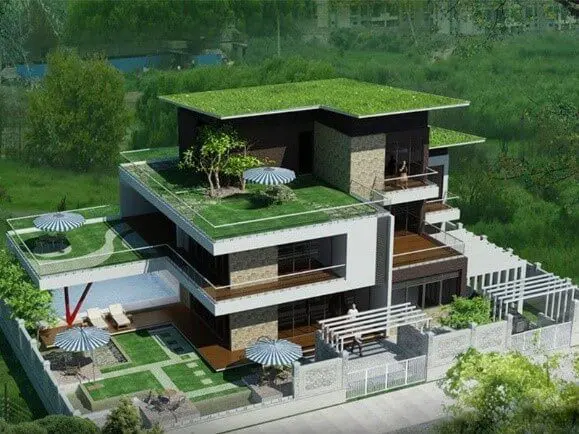

3. Synthetic Roof Underlayment
Generally, roofs are underlayed with asphalt-based chemicals or sheets which break down relatively quickly. Replacing this layer is quite important to avoid water from sipping into the walls and the interiors. Synthetic Roof Underlayment is a new and coherent technique that offers an alternative to asphalt-based underlayment.
Synthetic Roof Underlayment weighs lighter and is highly resistant to extreme wear and tear offered by the external weather. This material constitutes of polymer that comes from recycled scrap materials. It also eliminated VOCs (Volatile Organic Compounds) from the underlayment.
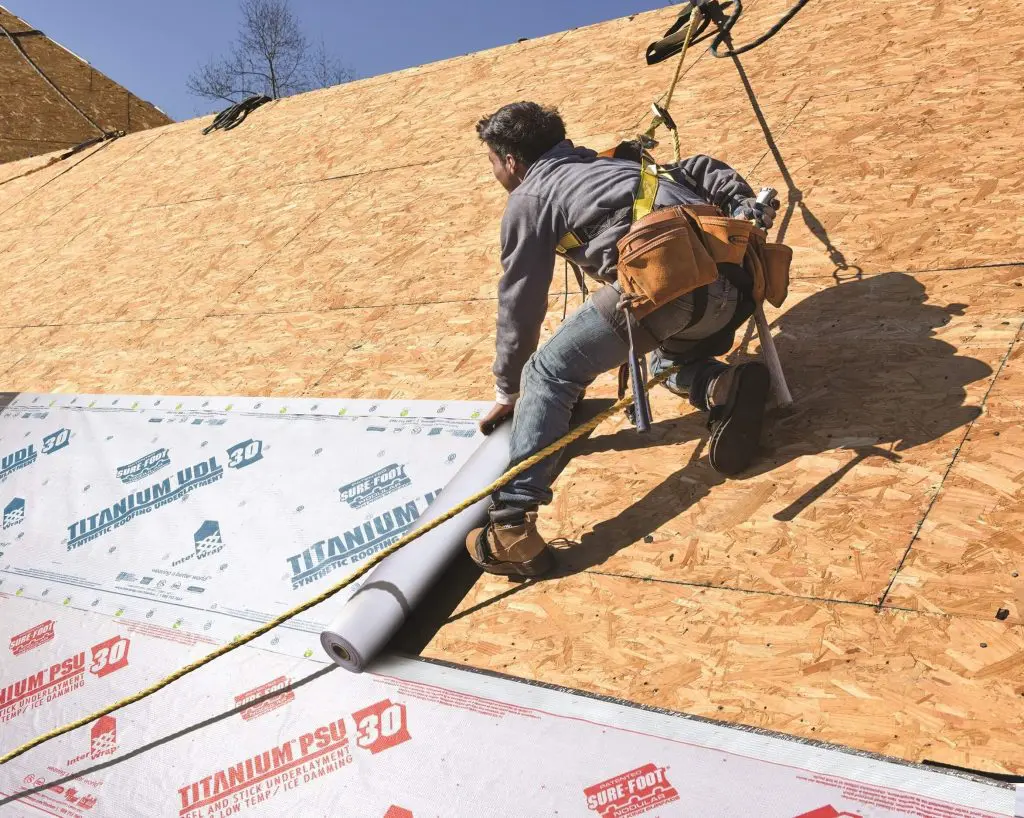
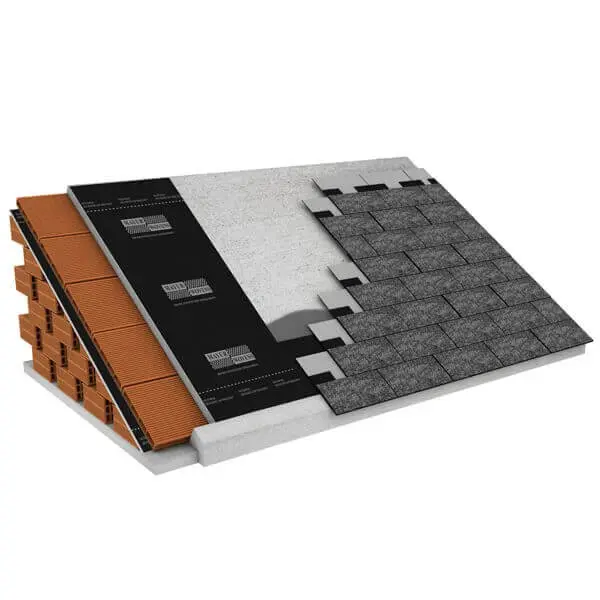
4. Solar Power
Today, Solar panels are a widely used all over the world, be it commercial buildings or private residential buildings and houses. Though the installation and maintenance cross the general limits sometimes, the advantages and efficiency outnumbers it. Homeowners who install photovoltaic power systems to receive multiple benefits like: lower electric bills, lower carbon footprints, and potentially higher home values.
A significant benefit to solar panel installation is a lower energy bill, but the effective-ness of this benefit depends on the amount of solar energy that can be produced given the available conditions and the way in which utilities charge for electricity. The very primary consideration is the solar irradiation levels available in the selected geographical location. Usage of solar panels is the most efficient only when they receive adequate sunlight (mostly preferred in locations near the equator).
A second consideration would be the timing of solar power production. Solar power generation occurs generally during the afternoon and spikes up during clear sky days as well as summers, thus showing a greater utilisation of solar power in warmer seasons. This in turn can be very helpful in warm countries where air conditioners have started to gain value during warmer seasons.
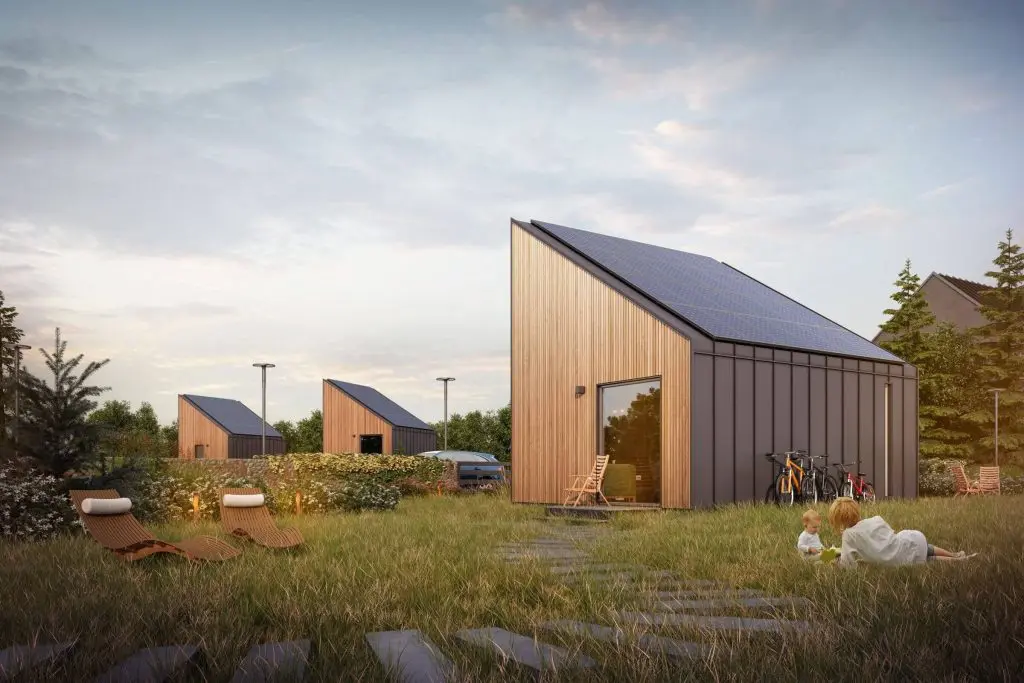
5. Energy Efficient Windows
Energy efficient windows labelled as Energy Star Windows are a recent invention which is gaining a lot of popularity in the window market. These windows are much more efficient than the regular windows. As the name suggests, these windows come up with ratings that show how energy efficient the windows will be.
The lower the rating the more efficient the windows. The energy savings provided by these windows are enough to cover the added cost per window.
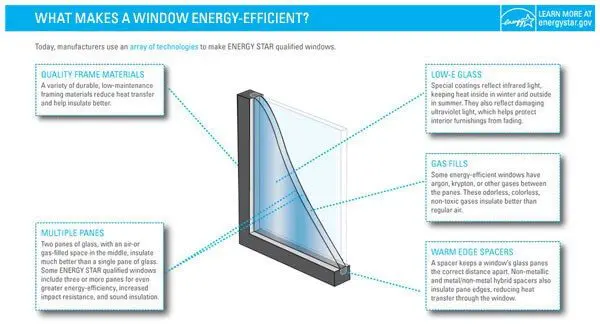
– Janvi Mangukiya





